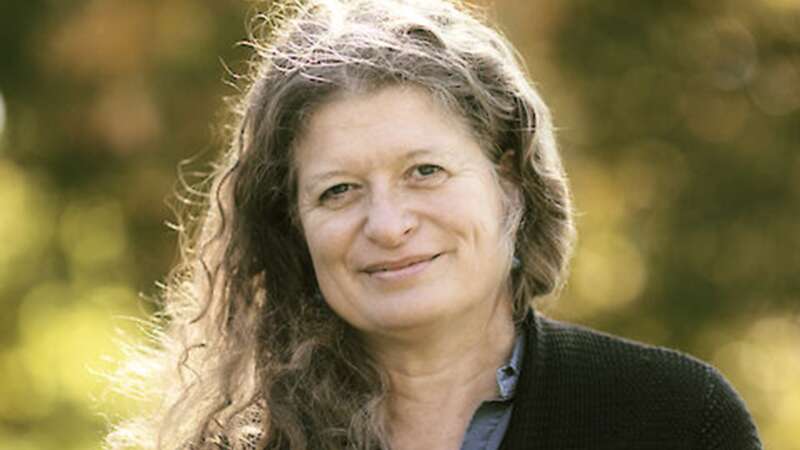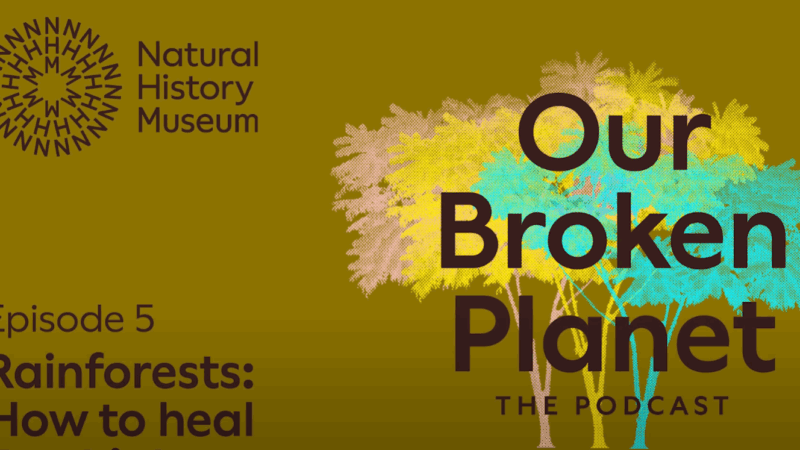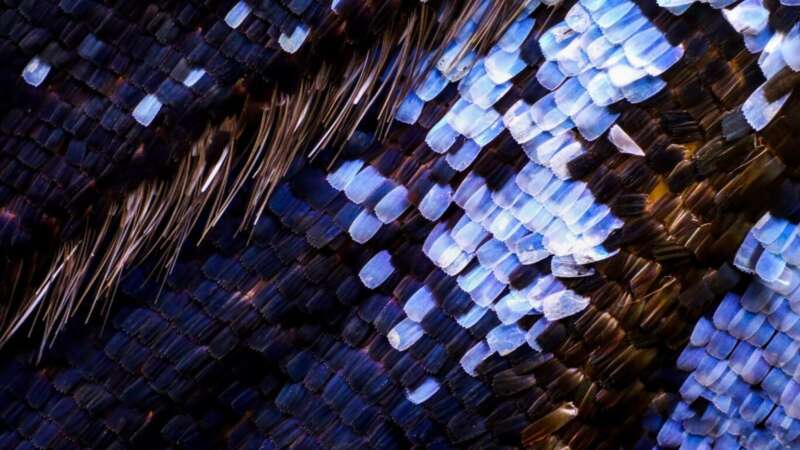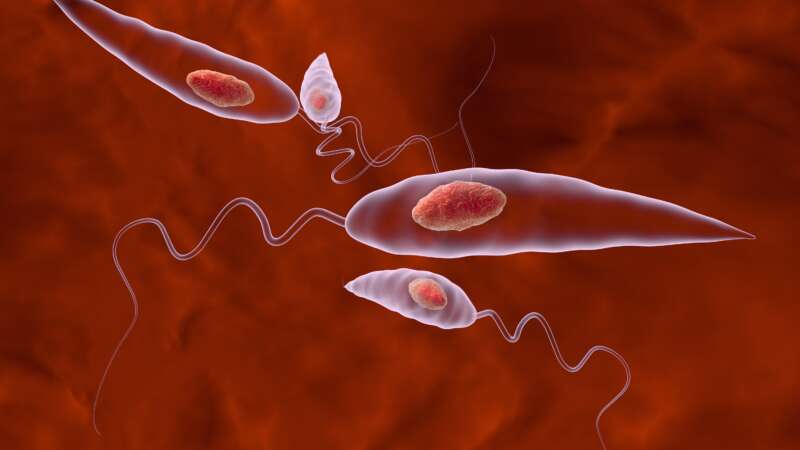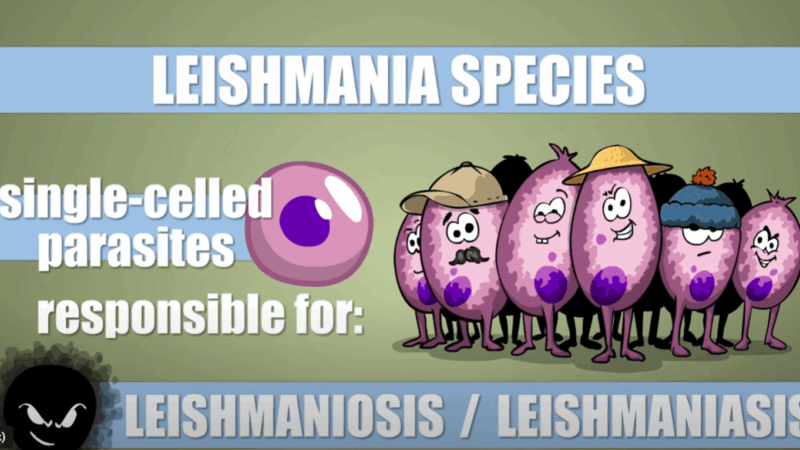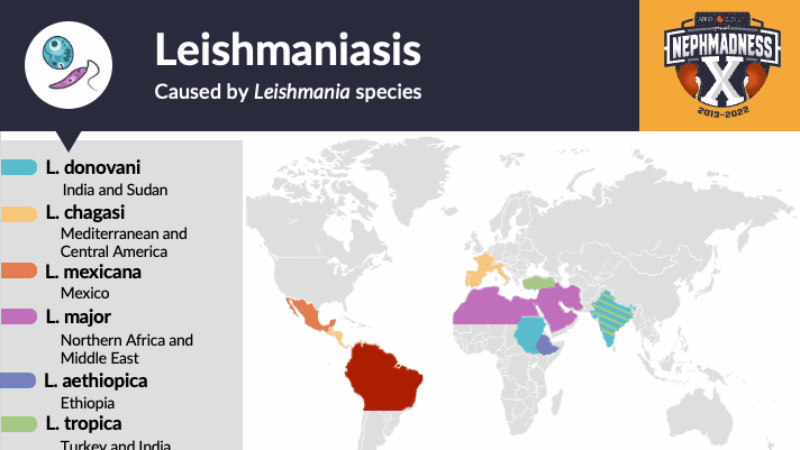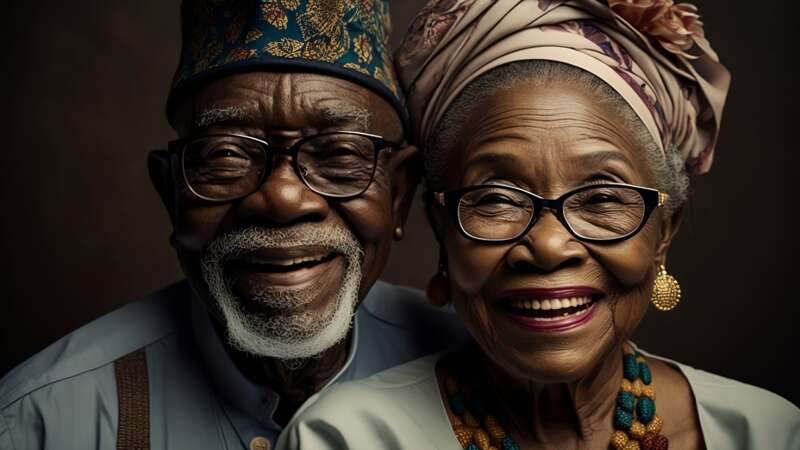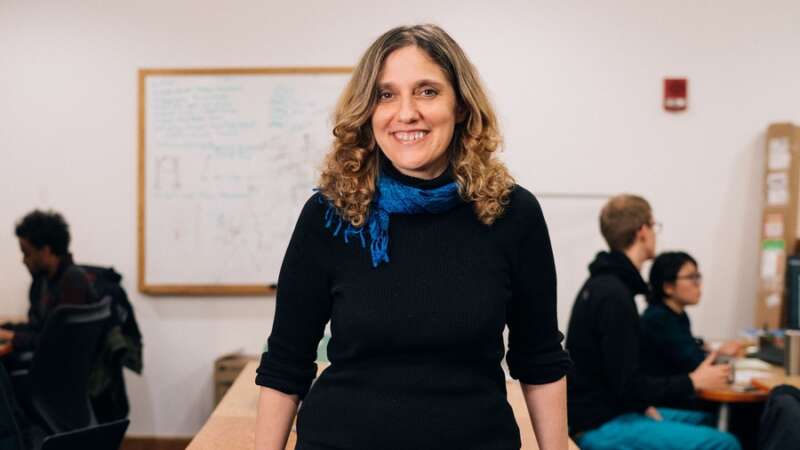Culture
Maya Lin: The Quiet Power of Design
When Maya Lin was just twenty-one, her quiet vision changed how a nation remembers. As an undergraduate at Yale, she submitted a class project to a national design competition. It was for a memorial for Vietnam War veterans. Her entry, a sleek wedge of polished black granite etched with the names of more than 58,000 fallen soldiers, was unlike anything the public had seen. Its simplicity sparked debate, but what some called too stark soon became one of America’s most intense and healing monuments.
Lin grew up in Athens, Ohio, surrounded by creativity and intellect. Her mother, a poet, and her father, a ceramic artist and art school dean, taught her to think across disciplines which became the foundation of her career. She often says her work lives “between boundaries – science and art, art and architecture, East and West.” That in-between space is where her designs find their quiet power, inviting reflection rather than demanding it.
Dr. Justina Ray: Listening to the Land
Dr. Justina Ray is not only protecting Canada’s wild spaces – she is about redefining how conservation itself is done. As President and Senior Scientist of Wildlife Conservation Society Canada, she has built a career that reaches far beyond field biology, asking what it truly means to sustain life across landscapes that shape both ecology and identity.
Her work has taken her to the tropical forests of Asia and Africa, the vast boreal and sub-arctic zones of Canada, and many places in-between guided by a singular conviction: science must serve the future of the living world.
Ray’s path into northern conservation began with questions rather than assumptions. How do wolverines and caribou survive when their ranges fragment? What happens when the climate itself becomes a moving target?
Protecting Earth’s Lungs
Forests act as the planet’s terrestrial lungs. They provide us with fresh air, clean water, beautiful vistas and a sanctuary for countless wildlife.
But, today, more than ever, our forests are facing unprecedented threats from disease, climate change, mad-made destruction and harmful pests.
Join this documentary as it follows a group of professionals that developed, tested and formulated today’s forest health strategies to preserve the legacy of one of the planet’s most important resources – and to help us better understand and appreciate why we need to protect our forests.
This is a story that affects us all.
Our Broken Planet: How to heal our rainforests
Breathe in. Breathe out. The oxygen flowing through your body is the result of photosynthesis: the natural process through which living things convert sunlight into energy. About 30% of land-based photosynthesis happens in tropical rainforests. Rainforests are also great at sucking up excess carbon from the atmosphere – something we know we’ve got to do more of.
But in recent years, rainforests have been getting constricted: shrinking in size and choked up with smoke.
Listen to this podcast from the National History Museum to find out what’s going on and how we can help rainforests breathe deeply again.
Chris Perani: The Art of Delicate Beauty
Chris Perani is a photographer who specializes in seeing the unseen. Known for his extreme macro photography, he captures butterfly wings and other minute natural subjects at a level of detail invisible to the naked eye. His images reveal dazzling mosaics of iridescent scales and textures that appear more like stained glass, sequins, or cosmic landscapes than fragments of an insect’s anatomy.
To overcome the razor-thin depth of field inherent in microscope lenses, Perani employs a meticulous stacking process. Using a 10× microscope objective mounted on a 200 mm lens, he shifts his camera forward in microscopic increments—sometimes as little as 3 microns per exposure. Each section of a wing might require 350 individual images, and a complete final work can demand more than 2,000 separate shots. These frames are then digitally merged into a seamless whole, revealing a complexity that even scientists rarely view in such clarity.
Dr. Gosia Domagalska: Outwitting Leishmania
In the quiet corridors of the Institute of Tropical Medicine (ITM) in Antwerp, Belgium, Dr. Malgorzata “Gosia” Domagalska is leading the fight against one of the world’s most neglected yet devastating diseases: leishmaniasis. As head of ITM’s newly established Unit of Experimental Parasitology, she has dedicated her career to understanding how parasites adapt, survive, and outwit medicine.
Domagalska’s path to parasitology was anything but straightforward. Trained as a geneticist, she earned her PhD in Plant Genetics at the Max Planck Institute in Cologne, followed by a Marie Curie Fellowship at the University of York. Early on, her research focused on plant development and hormones. But a shift came when she joined ITM in 2015: “This work is compelling not just scientifically, but socially,” she has said.
Leishmaniasis – Plain and Simple
Leishmaniasis is a parasitic disease that few people have heard of, but one you definitely don’t want to catch. Caused by Leishmania parasites and spread by the bite of female sand flies, it can silently linger in the body for years or surface in devastating ways, from painful skin sores to organ damage that can be fatal. The disease affects both humans and dogs, with our canine companions often acting as unwitting reservoirs that keep the infection circulating.
As climate change expands the habitat of sand flies into new regions, the threat of leishmaniasis continues to grow. With no reliable cure and limited vaccine options, prevention is key. Protecting yourself and your pets with repellents, protective gear, and vigilance is the most effective way to guard against this serious but often overlooked disease.
Epidemiology of Leishmaniasis
Leishmaniasis is a parasitic disease spread by the bite of infected female sandflies. It can affect the skin, mucous membranes, or internal organs. The most serious form, visceral leishmaniasis (VL), damages the liver, spleen, bone marrow, and kidneys, and is caused mainly by Leishmania donovani and Leishmania infantum.
Every year, 1–2 million people are affected, with over 90% of cases concentrated in just 13 countries. While many infections show no symptoms, untreated VL is usually fatal. Malnutrition, HIV co-infection, genetics, and young age (especially under 5) increase the risk of severe disease.
Malik Afegbua: Storytelling at the Speed of Code
Malik Afegbua, born in Nigeria, considers himself a filmmaker, a visual artist, and a creative technologist. Afegbua is globally recognized for his ground-breaking use of artificial intelligence in storytelling.
A business-school graduate from the University of Surrey, he turned his focus to the creative realm in 2011 after receiving a Canon camera. This gift was the beginning of his career in photography, filmmaking and virtual storytelling. Today, he is the CEO of Slickcity Media, a Lagos‑based studio producing commercials, documentaries, VR experiences, and AI‑driven art for clients like Meta, Marvel Studios, IBM, American Express, and Cadbury.
His breakout project, The Elder Series, also known as “Fashion Show for Seniors”, emerged in early 2023 when he used technology to depict elegantly dressed older adults walking a runway – imagining aging as stylish, powerful, and full of color. This collection went viral worldwide, earning praise from the World Health Organization during its Decade of Healthy Aging initiative.
Dr. Regina Barzilay: From Patient to Pioneer
Dr. Regina Barzilay, a professor at MIT and a pioneer in artificial intelligence (AI), is not only moving the needle in science and technology – she is rebuilding the compass. Her work not only advances medical technology but also challenges how we think about diagnosis, treatment, and the human experience behind each.
Barzilay’s journey into medical AI did not begin in a lab. It began in a hospital room in 2014, when she received a breast cancer diagnosis. For most, that moment signals a personal battle. For her, it became something more. It became the beginning of a mission to reimagine cancer care through machine learning.

